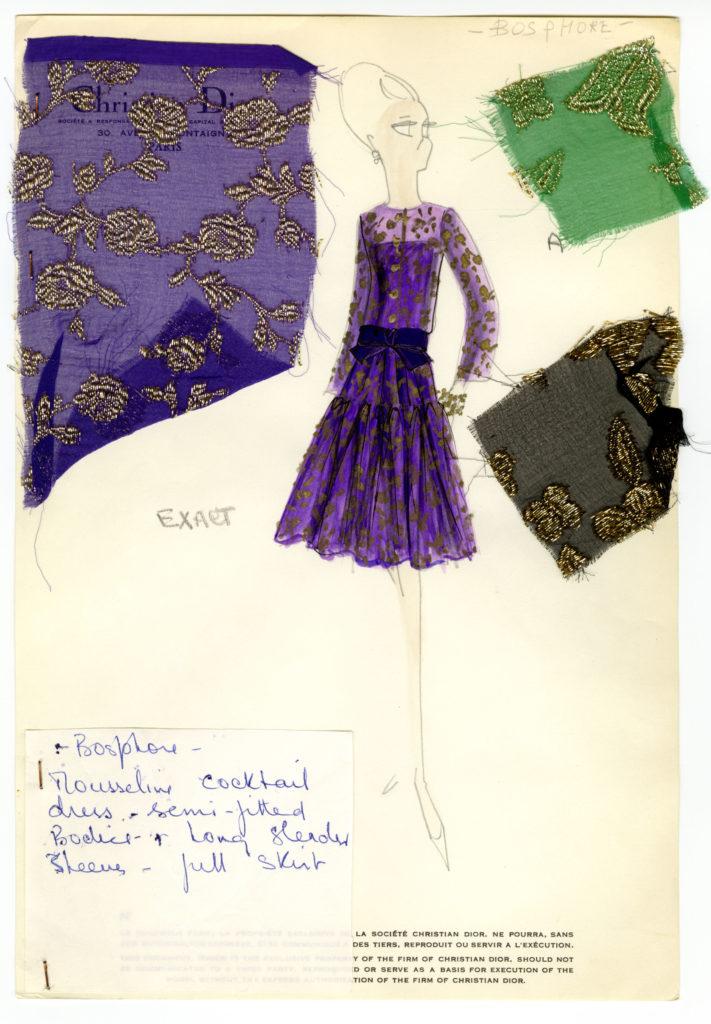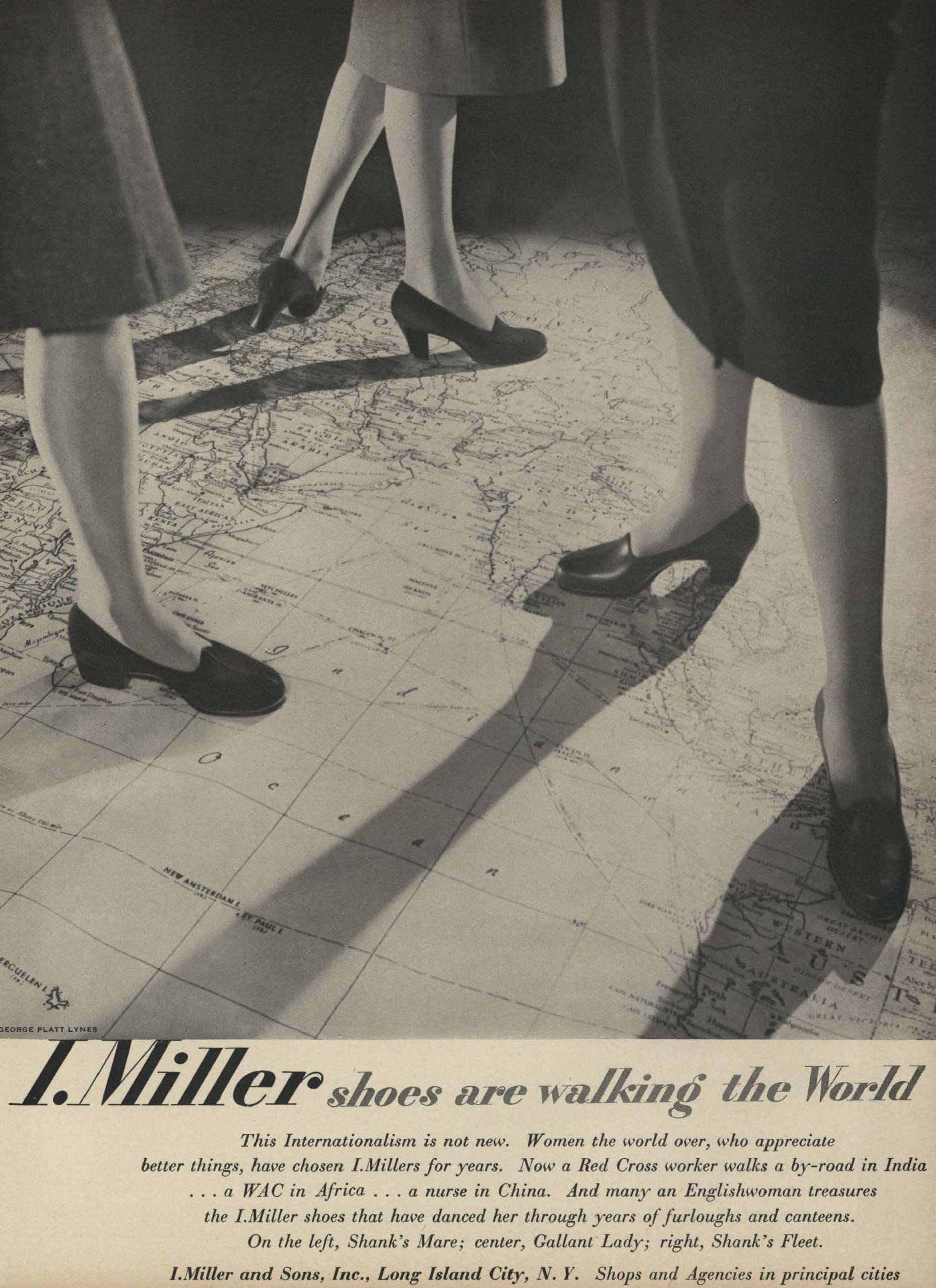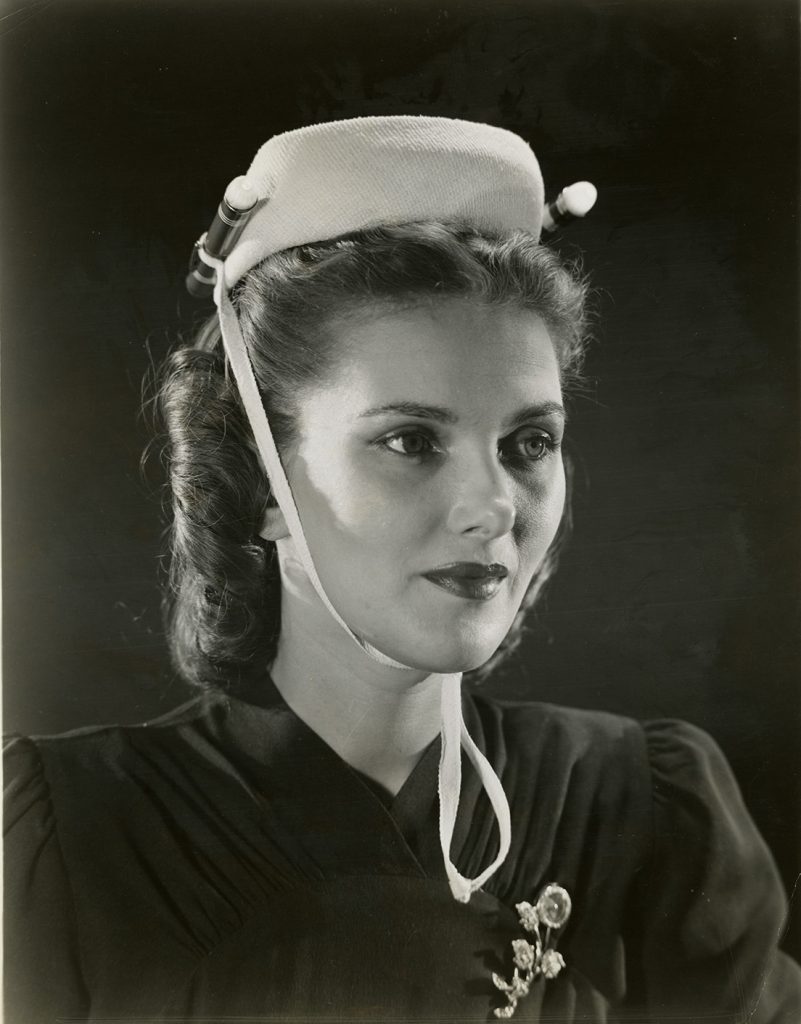Material Mode
The Gladys Marcus Library's Unit of Special Collections and College Archives

Posts
-
Collection Preservation: Demonstrating & Demystifying
Behind a keyed elevator, a succession of swipe-entry doors and monitored by surveillance cameras from every angle, the contents of FIT Library Special Collections & College Archives rest safely snuggled in our collections rooms thanks —only in part—due to security measures. Perhaps more important to ensuring our holdings’ availability to generations to come, however, is…
-
Miss 1966: Dobbie Coleman and Marc Bohan for Dior
In 2016, we received a phone call from a not-for-profit foundation with an offer almost too good to be true. They were looking to fund the donation of a set of sketches from the house of Christian Dior to a deserving institution; ‘might FIT Special Collections be willing to accept them gratis with no strings…
-
Preserving the Web at FIT
By Samantha Levin, Curator of Digital Assets The Fashion Institute of Technology’s Special Collections and College Archives (SPARC) is a unique repository. Housed within the college’s library, it holds a number of rare and fragile items, which are carefully stored, organized, and described in detail to ensure that they will last for a long time,…
-
The Tissue of Dreams: Paper Patterns in the Tailoring Trade
In the opening chapter of her book A History of the Paper Pattern Industry: The Home Dressmaking Fashion Revolution, curator and scholar Joy Spanabel Emery cites the October 1916 issue of Designer magazine: “There is nothing so cheap & yet so valuable; so common & yet so little realized; so unappreciated & yet so beneficial…
-
Shoes to ‘Chutes: The Wartime Story of I. Miller & Sons
On January 12, 1945, the Grand Ballroom of the luxurious Waldorf-Astoria hotel in New York City was packed full as a thousand pair of curious eyes looked on as shoe industry executive George Miller and Lieut. Col. Harold L. Lister of the US Army posed awkwardly for a photo op. The snapshot was forever immortalized…
-
Emergency Mode: The Wartime Hats of Sally Victor
Promptly at 3pm on December 18, 1941, members of the American fashion press gathered at the legendary Rainbow Room in New York City and patiently awaited their introduction to emergency mode. A fundraiser to benefit the British Ambulance Corps, the event showcased the latest wartime fashions issued to accommodate, “the prospective new way of life…
Galleries





Research Appointments
Research appointments are available by appointment only in the SPARC Reading Room, Goodman Center, Room E435.
Please contact SPARC us at least 24 hours in advance of your requested date at (212) 217-4385 or [email protected].
Blog Roll
Recent Comments
Fascinating post! It’s amazing to see the evolution of fashion photography and how Steichen and Poiret were pioneers in this…
Admin
Categories
Archives
The opinions expressed by FIT bloggers and commentary are theirs alone, and do not necessarily represent the views or policies of the Fashion Institute of Technology or its employees. The Fashion Institute of Technology makes no representations about the accuracy of the information presented in its blogs.
Hi Geoff- Sadly, Mr. Rizkallah passed in 2019. Sorry for the loss of your friend.